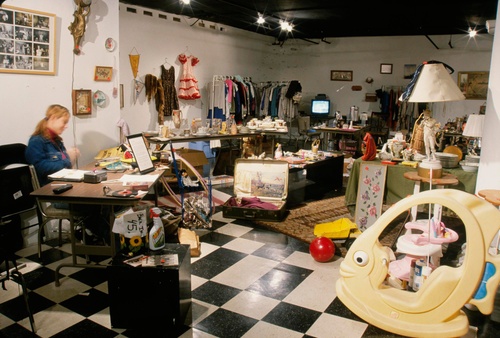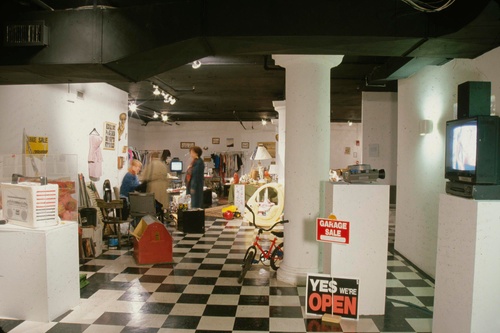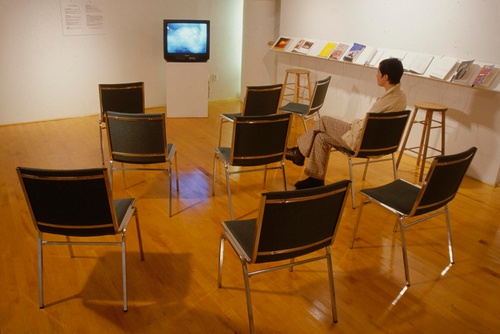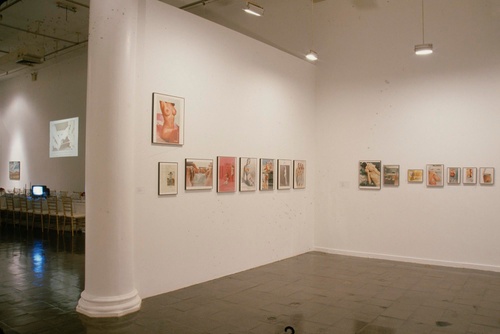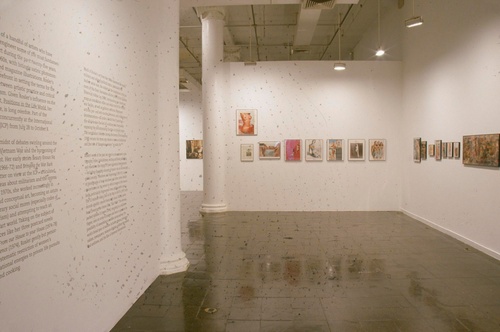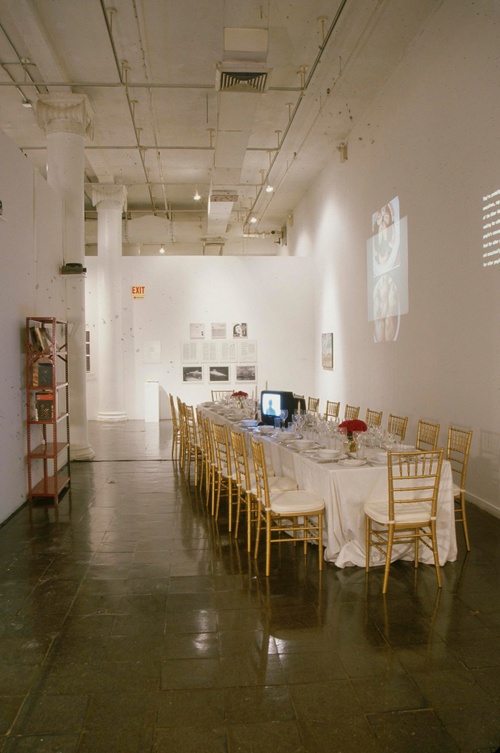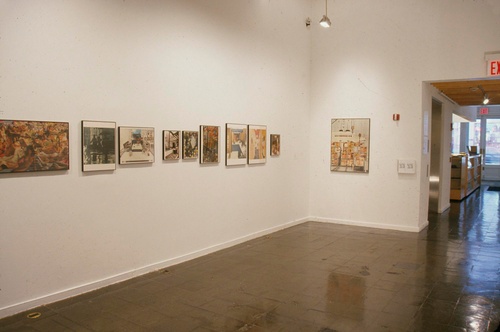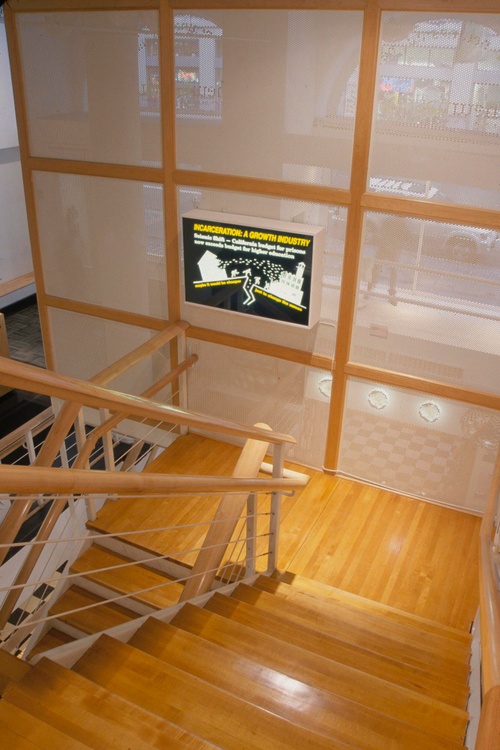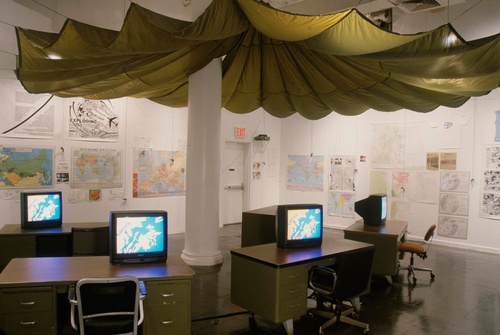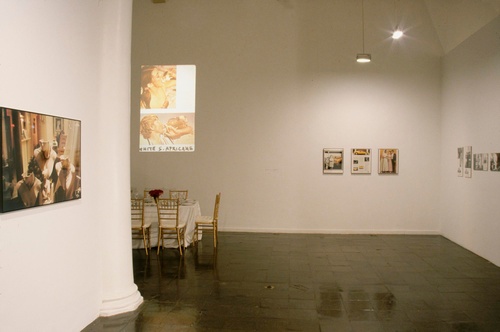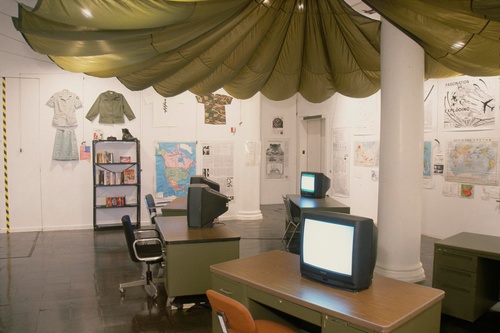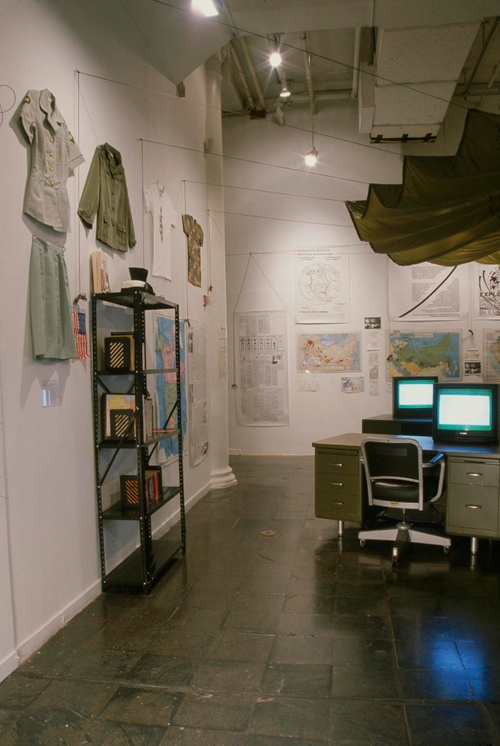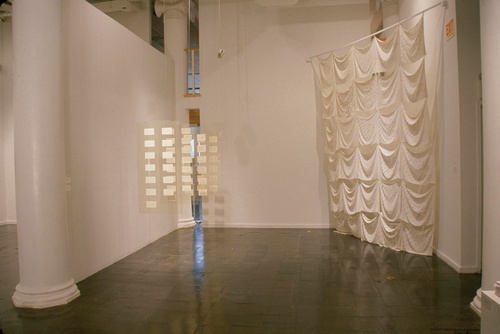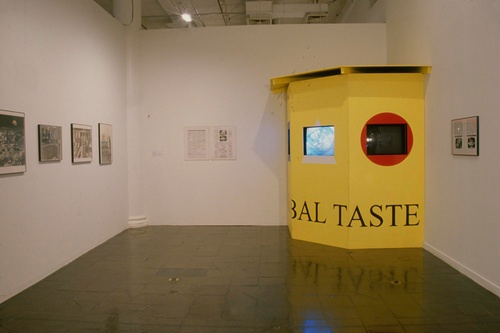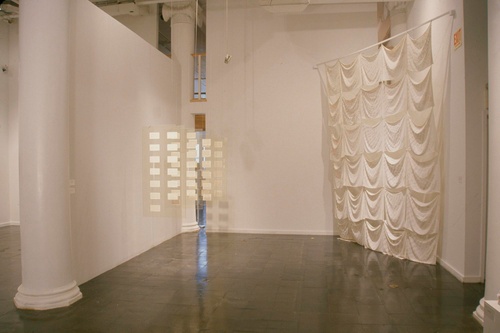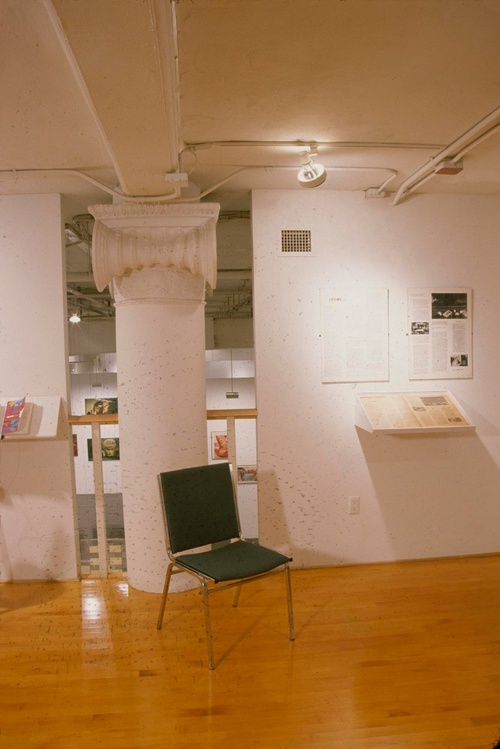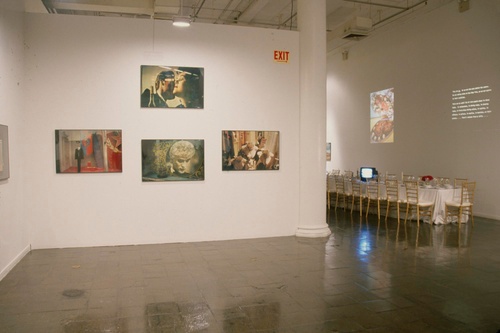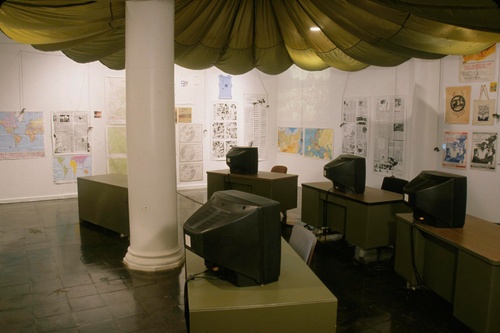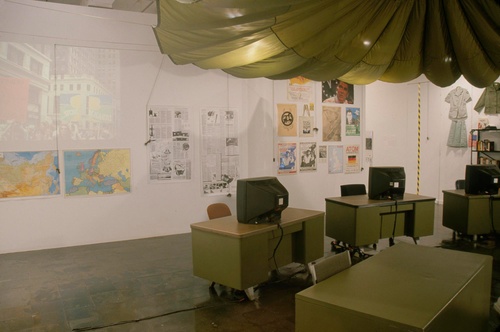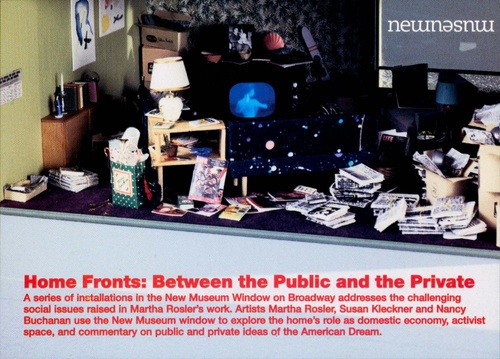Martha Rosler: Positions in the Life World
Martha Rosler: Positions in the Life World
Everything I’ve ever done I’ve thought of “as if”: Every single thing I have offered to the public has been offered as a suggestion of a work…what I mean by “as if,"…is that my work is sketch, a line of thinking, a possibility.
- Martha Rosler
Since the mid-1960s, Martha Rosler has been relentless in her scrutiny of the ideologies that shape our social interactions and cultural experiences. Rosler’s extensive body of work in a variety of media, her rigorous artistic practice, and her contributions to the on-going critical discussions related to contemporary art and social theory have profoundly influenced an entire generation of younger artists. In all aspects of her work, Rosler encourages a dialogue, asking probing questions while declining to provide definitive answers. In this retrospective, which is presented concurrently at the International Center of Photography, the full range of her achievement is made available to viewers for the first time.
Born and raised in Brooklyn, Rosler first studied painting at the Brooklyn Museum of Art then later at Brooklyn College. In 1968, Rosler moved to San Diego to attend the University of California, where she was exposed to the ideas of leading faculty members, such as the political philosophers and cultural critics Herbert Marcuse and Fredric Jameson, and visiting professors and lecturers like French postmodernist philosopher Jean-François Lyotard and renowned French filmmaker Jean-Luc Godard. In San Diego, Rosler also became involved with a group of artists who met regularly to discuss their work and explore ways to resist conventional modes of art distribution and presentation. As a result of this involvement, Rosler developed a working style that emphasized collaboration over individualism and transformation over consistency.
Her participation in the women’s and civil rights movements led Rosler to experiment with media other than painting, which she believed was too closely linked to the history of modernism and its rationale that works of art should be self-referential and free of social influence. Her work in photography, photomontage, sculpture, video, performance, and installation directly challenged the long-held romantic doctrine that artists should maintain a consistent style within a primary medium so that their work successfully reflects their identity, making it identifiable as their own and no one else’s. In 1966, she began to work with photomontage, including her now infamous Body Beautiful, or Beauty Knows No Pain, 1966-72, which employs a rough style of collage to brilliantly parody the reduction of women to their body parts used by advertisers. Believing in an alternative model, Rosler has embraced diversity and hybridity throughout her career. Working both inside and outside the established art world, Rosler attempted to transcend its deeply entrenched value system. Using the avenues available to her outside the established circuits of galleries and museums, Rosler chose unconventional modes of production, presentation, and dissemination, such as newspapers, postcards, and garage sales, and employed such settings as forums and lectures to discuss in-depth the topics she dealt with in her work.
Rosler’s vast knowledge of art and cultural history has played a large part in her creative output. Her work pays homage to her predecessors in several creative arenas, from documentary film to American poetry, while bringing into question their successes and failures by creating forms that reinvent and incorporate them. One of Rosler’s best-known works The Bowery in two inadequate descriptive systems, 1974-75, (on view at the International Center for Photography), for example, makes deliberate visual reference to the documentary photography of Walker Evans and others commissioned by the Farm Security Administration in the 1930s while also highlighting the persistence of poverty and dysfunction in the urban landscape decades after the Depression, despite the ideals of Evans and his school. In so doing, Rosler’s deconstruction underscores the inability of a single format to provide an in-depth understanding of the complexity of a phenomenon like homelessness.
After Rosler’s return to New York in the mid-1970s, she continued to work in a wide variety of media, ranging from conceptual text works distributed through the mail, paintings, happenings, and film. A number of her works of the past two decades incorporate multiple elements to present a heavily layered evaluation of a single important topic. These include a disturbing examination of world conflict in It Lingers…,1993, the densely packed installation Fascination with the (game of the) exploding (historical) hollow leg, 1985, which tracks the escalation of the nuclear arms race in the 1980s, and the more recent Transitions and Digressions, 1997, which details how the fragmented human body has become a favored presentation in the public realm.
Martha Rosler’s work illuminates a broad range of discourses, including art history, sociology, women studies, architecture, urban planning, film and media theory, and contemporary cultural studies. As artist, activist, and writer, she has made significant contributions to on-going discussions of social and political issues that shape all of our lives. Among her many accomplishments has been her ingenuity in reconciling art with everyday experience and thereby harnessing the capacity of art to stimulate dialogue, extending its relevance far beyond a traditional and privileged "art” audience.
-Anne Ellegood, Assistant Curator
The New Museum is collaborating with the International Center for Photography to present this exhibition. Martha Rosler: Positions in the Life World was organized by Ikon Gallery, Birmingham, UK and Generali Foundation, Vienna, Austria. A fully illustrated book accompanies the exhibition.
